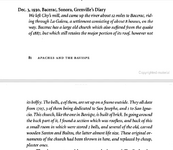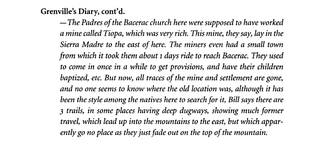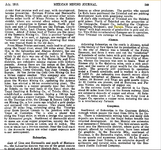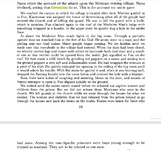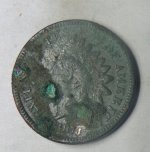Oroblanco
Gold Member
- Jan 21, 2005
- 7,838
- 9,830
- Detector(s) used
- Tesoro Lobo Supertraq, (95%) Garrett Scorpion (5%)
Gullyoto: the map to the main deposit at Tayopa lists, among other things, 180 bodies
180 dead of what? Typhus? Smallpox? Apaches? Seris? Spanish? Or do you hold that they were killed by Jesuits? Could they simply be the village cemetery? Were they found in a mass grave? Sealed in a mine? Did the remains show signs of violence? Even if that is the case, they could be casualties of hostile Indian attacks, just as at least one legend of Tayopa tells it; that the Apaches came and massacred the inhabitants in a surprise attack. Why would you think that the padres killed them? Wouldn't that tend to make the "flock" view the padres in a very negative way? One might speculate that the Indians would preserve a legend of such a mass murder by their own padres if such ever happened, wouldn't you think?
Which brings me to that point, in support of what mi amigo Gollum stated, while there is some evidence that the padres did kill Indians of their own flocks, as in the case of the woman put into the stocks and left there until she died, or the prisoner lanced, these are individual cases and not a wholesale slaughter. It is not logical to kill many of your Indians after all, since they are your labor force in the eyes of the padres. Remember the padres stood in a legal sense, and in their own eyes, as the "guardians" and "fathers" in the sense of a ruling figure. So while I have no doubt of Jesuit involvement in some ugly, nasty and even murderous episodes of history, in most all cases the victims were not their own flocks. Pagans, protestants, heretics, even apostates might be fair game but not the faithful. The stories of killing the men who helped hide the treasures usually belong with the pirate stories, Aztecs or Incas, IMHO, where there is some evidence that such things might well have happened.
Please do continue;
Oroblanco





